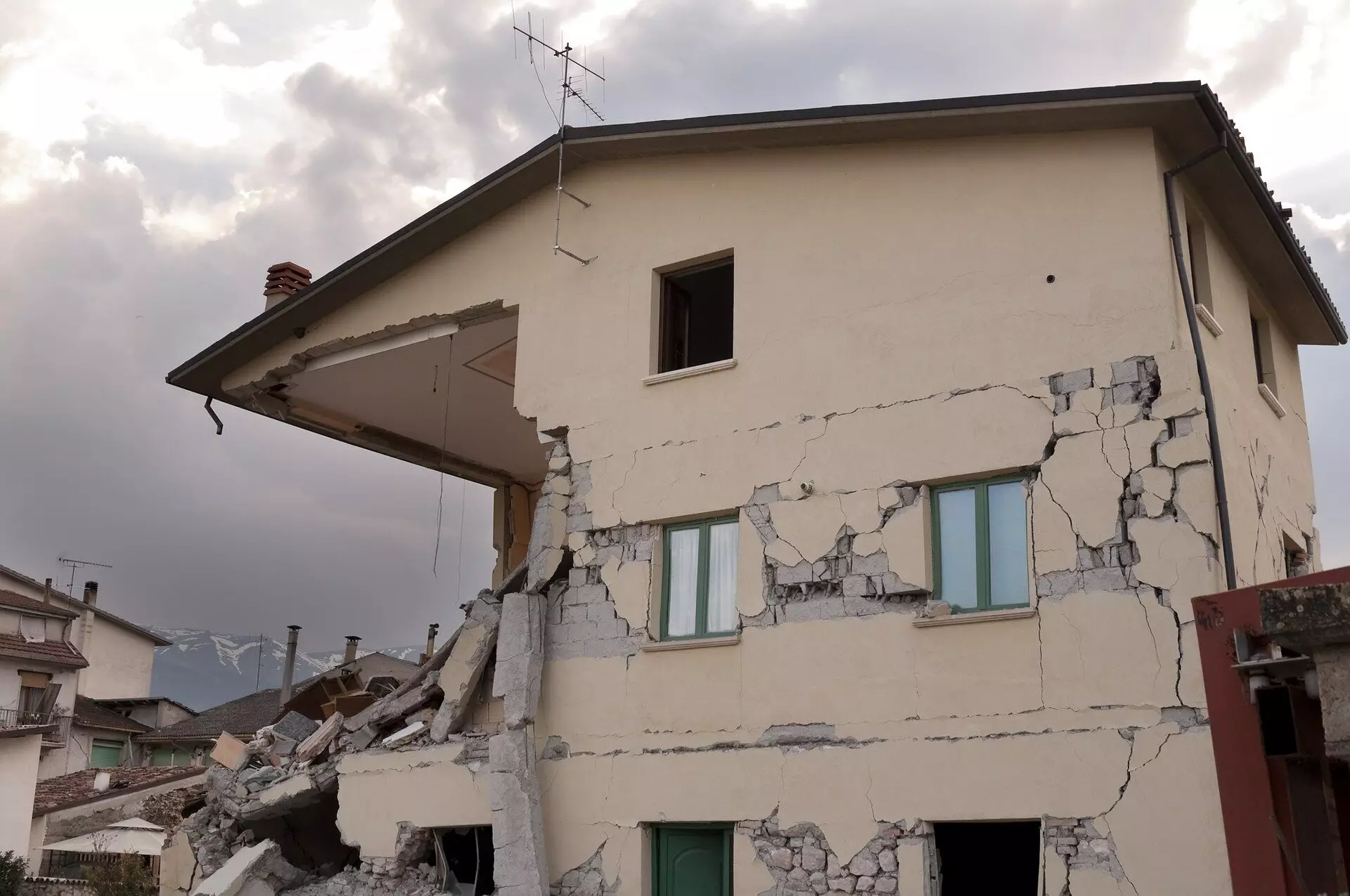Earthquakes, one of nature’s most formidable phenomena, present both immediate threats and ongoing challenges for communities located near fault lines. Much is known about the colossal quakes themselves and their subsequent aftershocks, which occur as geological stress redistributes in surrounding areas. However, an aspect less understood is the series of smaller tremors that frequently precede a significant seismic event. This phenomenon, known as precursory scale increase (PSI), offers a critical window into forecasting potential large earthquakes, thereby enhancing our preparedness and response strategies.
Precursory scale increase refers to the pattern of seismic activity that spikes in both frequency and magnitude prior to a large earthquake. The PSI helps identify a precursor time frame—critical seconds, minutes, or even years—before a major quake based on its intensity. Theories and models have emerged to examine these sequences, leading to the birth of EEPAS (Every Earthquake a Precursor According to Scale). This model serves as a cornerstone for medium-term predictions, focusing on the time span of months to decades leading up to significant seismic events.
Initial investigations into PSI were hamstrung by labor-intensive methods that lacked rigor and consistency, positioning the advancement of predictive techniques as a pressing necessity. As scientific understanding of seismic phenomena deepens, tools that provide robust, automated analysis become vital for developing reliable forecasting models.
Recent strides made in this domain have been spearheaded by Dr. Annemarie Christophersen and her team at GNS Science. Their research introduced automated algorithms designed to detect PSI across extensive earthquake catalogs. By applying these algorithms to both actual seismic data and simulated datasets grounded in the science of earthquake behavior, the researchers were able to identify multiple instances of PSI linked to significant earthquakes. This adaptability revealed a consistent relationship between precursor times, magnitudes, and spatial distributions—an important finding that aligns with earlier subjective observations.
The analysts discovered an intriguing balance between the time and spatial dimensions of PSI indicators. It seemed that smaller precursory areas tended to yield longer precursor intervals leading up to mainshock events, highlighting a potentially actionable correlation that could refine predictive accuracy and public safety measures.
The insights presented in Dr. Christophersen’s study, published in Seismological Research Letters, signal a transformative leap forward in our understanding of seismic activities leading up to catastrophic events. By integrating these findings into the established EEPAS model, the forecasting capability can significantly improve, providing residents of earthquake-prone regions with more reliable warnings.
Incorporating such advanced methodologies into national seismic hazard models is crucial. The implications extend beyond academic interest—effective earthquake forecasting can lead to better preparedness, informed urban development, and enhanced community resilience against potential disasters. As we continue to confront the looming threat of earthquake activity, the development of accurate methodologies to study precursors is more important than ever.


Leave a Reply